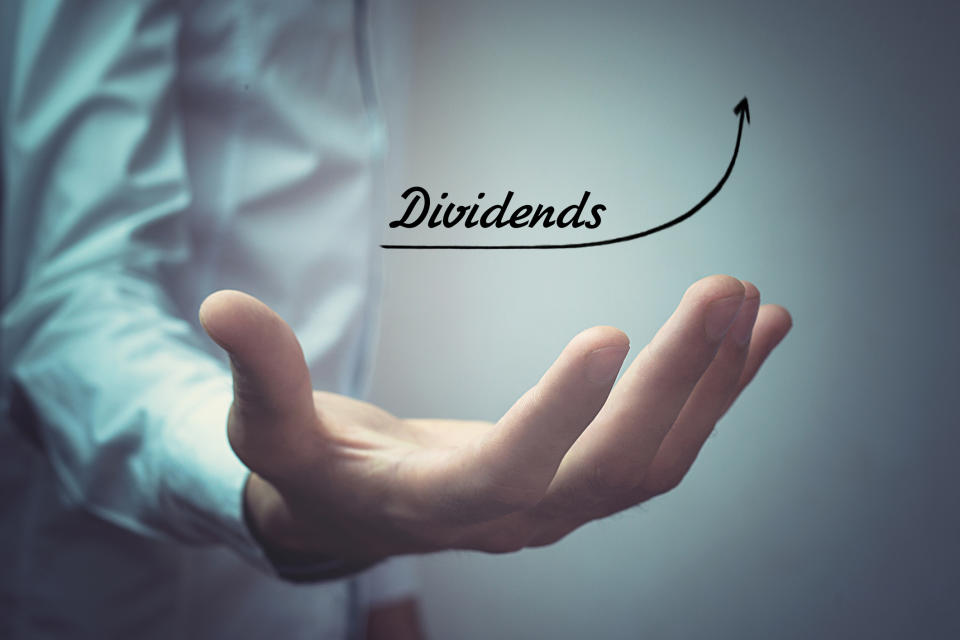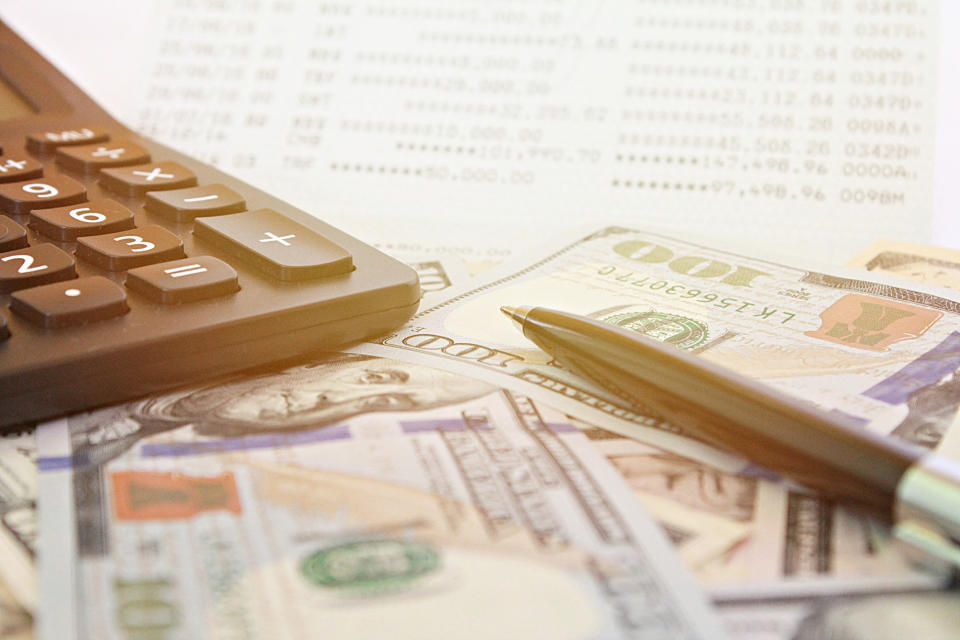Is ONEOK's Ambitious Dividend Growth Plan at Risk?
When ONEOK (NYSE: OKE) acquired its MLP in 2017, the pipeline company promised investors that it would increase its dividend 21% upon closing the deal and at a 9% to 11% annual rate from 2018 through 2021. The company has made good on that promise so far -- it boosted its payout 21% in August 2017 and increased it 12% last year.
However, on ONEOK's fourth-quarter conference call, the company's management team hinted at the possibility that from here on out it might not grow the dividend as fast as initially promised. Here's what could drive the company to alter its current plans.

Image source: Getty Images.
Investor sentiment is changing
In discussing the dividend, CFO Walt Hulse had this to say:
Many positive things have happened to our earnings prospects since we initially guided to a 9% to 11% annual dividend growth rate when we announced the acquisition of ONEOK Partners. We are pleased to have the financial flexibility to return capital to shareholders at an attractive rate, fund our growth projects, and maintain a strong investment-grade balance sheet. We acknowledge that many investors and some research analysts have expressed the view that prudent capital allocation in the midstream space is more valuable. Accordingly, many investors do not require as high a dividend growth rate as they did in the past and that alternative approaches to returning capital may be appropriate at some point in the future. We have received quite a bit of feedback on both sides of this issue.
The CFO pointed out that while the company has the financial flexibility to return more cash to shareholders via higher dividends while still funding expansion projects, investors don't necessarily need a high dividend growth rate. Instead, some would prefer that the company allocate its free cash flow toward other alternatives, such as internally funding a greater percentage of its expansion projects or buying back shares. What midstream investors no longer want to see is the sector's former practice of selling stock to fund growth projects since that dilutes their investment.
Hulse continued:
Going forward, on a quarterly basis, our board will continue their practice to evaluate dividend growth and alternative ways to return capital to shareholders based on the strength of our business, the commodity price environment of our producer customers, the funding needs of our growth projects, investor sentiment, and our strategy to maintain a strong investment-grade balance sheet. We believe that investors continue to value our ability to return capital to shareholders while also funding our growth projects without expecting to issue equity to complete our announced capital projects.
While Hulse didn't specifically say that the company might not grow its dividend at a 9% to 11% annual rate going forward, his comments left that as a possibility.

Images source: Getty Images.
The thought process hasn't changed
Given the lack of clarity in Hulse's comments, an analyst on the call asked whether the market should "take this to mean that you're definitely signaling that you'll be lowering the growth rate going forward?" CEO Terry Spencer answered:
No, you should not. What we've done is, we've just reminded you the process that we've always used for making a determination on what we pay each quarter in terms of the dividend. The dividend growth guidance is still out there. We haven't changed it.
In other words, the company still plans to increase its dividend at the expected annual rate through 2021. What management wanted to point out, according to Hulse, was that its board of directors has "always considered whether alternatives to dividend growth or other ways to give back capital to the shareholders" would be better options for investors and that "at some point in the future, they may make some sense." For example, the company could opt to include share buybacks as part of its capital allocation strategy post-2021 or slow its pace and incorporate them sooner if that's what investors want.
Not as bankable as it once was
While ONEOK has the growing stream of cash flow necessary to achieve its ambitious dividend growth plan, it's listening to shareholders who would rather see the company allocate that capital to other alternatives. That could lead management to adjust its strategy by growing its dividend at a lower rate and using some of the freed-up cash flow to buy back shares or invest in high-return expansions. Either way, the company's primary aim is to create as much value for investors as it can from its growing stream of cash flow, and this goal hasn't changed.
More From The Motley Fool
Matthew DiLallo has no position in any of the stocks mentioned. The Motley Fool recommends ONEOK. The Motley Fool has a disclosure policy.
